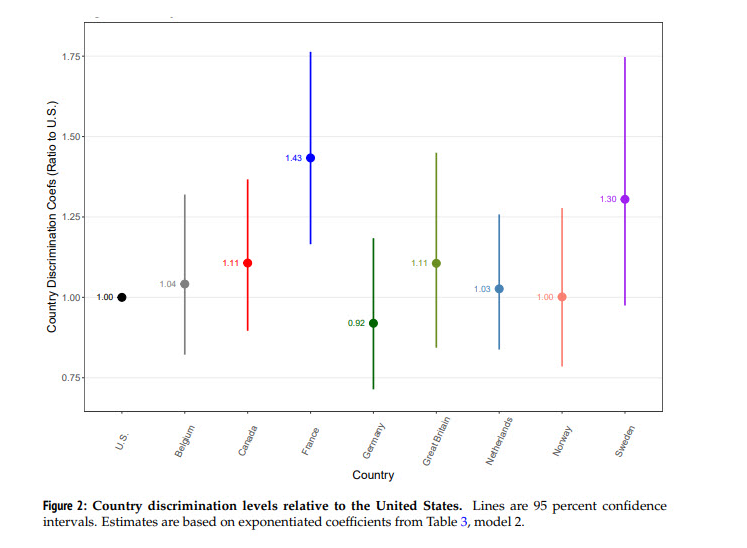If you read this blog for a while, you know I’m absolutely fascinated, almost to an unhealthy level, with research about pretty people. First, as a society, we throw way too much praise and privilege at attractive people. Take a look at Instagram follower numbers. Take a look at TikTok follower numbers. We love to pay attention to pretty people!
So, the world of academia did not disappoint, and once again came out with another study that proves my point. Pretty people, on average, are better than ugly people! But this one has a nice little wrinkle that I think most of us will like.
First, I have to come clean with a confession.
I have a disorder. I think it would probably be considered mental, but it has to do with the physical body, so it’s in a confusing space. I have Reverse Body Dysmorphic Disorder. Stop! Before you go all crazy and try to cancel me, I’m not making fun of people that have Body Dysmorphic Disorder! As Taylor Swift poetically says, “You need to calm down.”
100% True Story. When I look in the mirror, I honestly think to myself, “You know what, kid, not bad. People could do worse. Have a great day!” I look at myself getting ready in the morning and think I look pretty damn good!
I then, later that same exact day, will see a picture of myself that someone took and go, “For the love of God! How did I turn into Shrek on stage!” That my reverse body dysmorphia. Some people look in the mirror and see Shrek when they should see a prince. I see a prince when I should probably just see some middle-aged dude who needs to work out more!
Why do I share this confession? Because this new research as it helps me make sense of my own dilemma. The University of Missouri and DePaul University researchers found that pretty people have better lives! Okay, it’s a little more involved than that, but that is my layman’s take on the research! Surprise, surprise! Pretty people’s lives are better! Who knew?!
From the research:
Three studies examined the association between physical attractiveness and meaning in life. Study 1 (N = 305 college students) showed that self-reported physical attractiveness positively correlated with meaning in life. Study 2 (N = 598 noncollege adults) replicated the association between self-reported physical attractiveness and meaning in life and extended those findings, demonstrating that outside perceptions of attractiveness are linked to outside perceptions of how meaningful a person’s life is. Study 3 (N = 331 targets, 97 raters) replicated these findings and probed the nuances of the relationships between outside ratings and self-reports of attractiveness and meaning in life. Across the studies, existential significance, or the feeling that one’s life matters, was the facet of meaning that primarily explained the link between attractiveness and meaning in life. In addition, a person’s view of their own attractiveness is more indicative of their well-being than outsider ratings. Implications for our understanding of meaning in life are discussed.
Turns out, your perception of your own attractiveness is key to your life outlook!
I think this is why our mothers tell us we are all pretty and handsome, even when we aren’t. There’s a chance we just might believe them, and in the end, that’s all that matters! The key is you truly have to believe it. You can’t just be like, “Girl, I slay!” and then ten minutes later, look in the mirror and see flaws.
I love pretty research because it’s all truly based on this concept.
Beauty is in the eye of the beholder. You might not think you’re beautiful, but if a majority of people you surround yourself with think you’re beautiful, well, your world will be a better place. If you truly are attractive, but you surround yourself with people who make you feel ugly, well, your world is awful.
I’m not blind, but I’ve met some blind people and have had this conversation about pretty. Their definition of pretty is way different than mine, and it makes me envious. I would love to “see” the world through their non-seeing eyes for a bit to understand the power of that ability. To see someone as attractive based on non-physical attributes would definitely make our world a better place. We get a bit of this when we meet someone who we feel is of average attractiveness, but the more we get to know the person, the more they become attractive to us. Or, meeting someone who we find very attractive and they open their mouth, and immediately you view them as less attractive.
So, maybe my hypothesis about hiring more pretty people needs to change a little bit. The new hypothesis will be “hire more people who truly believe they are pretty”!

